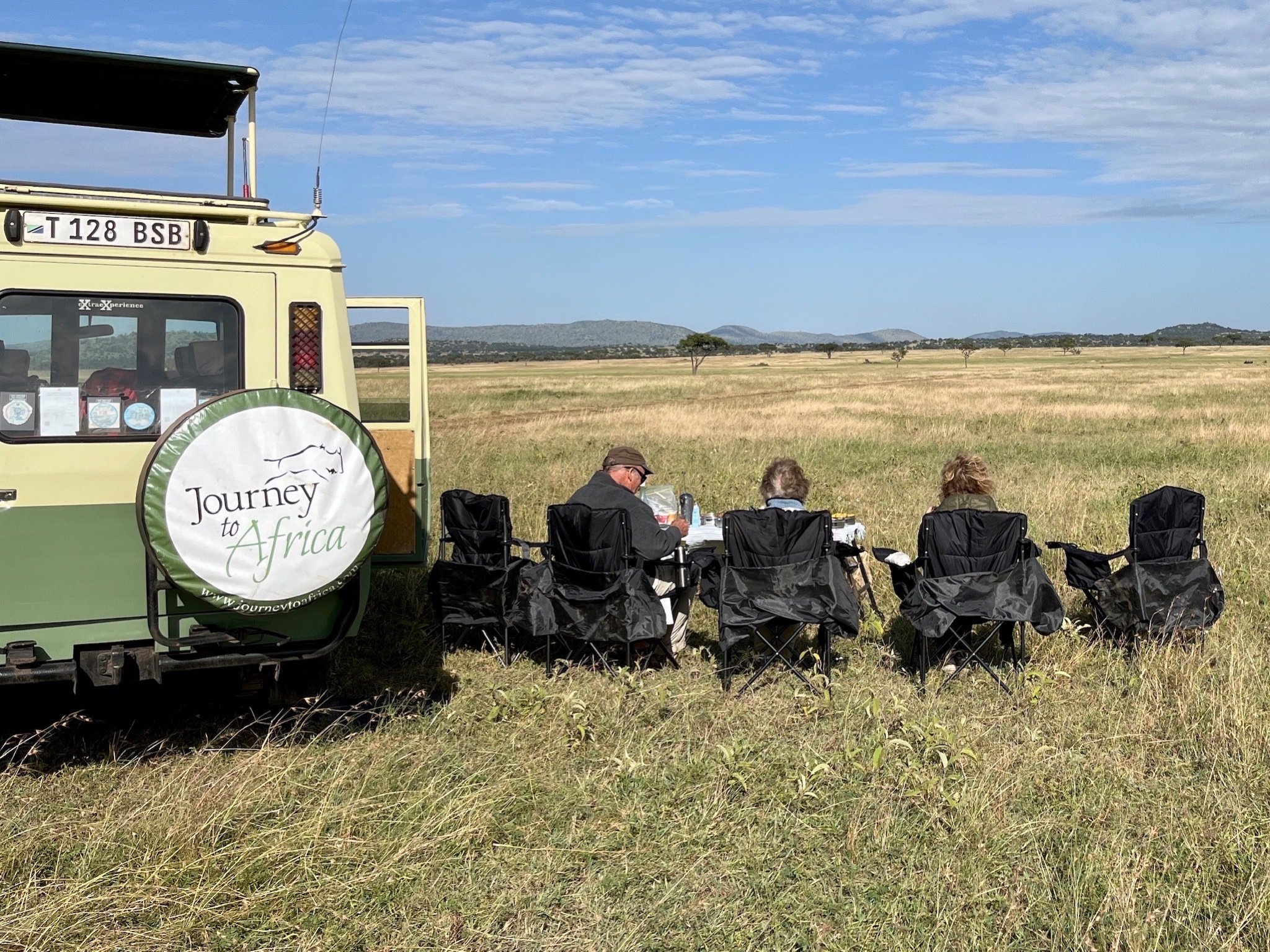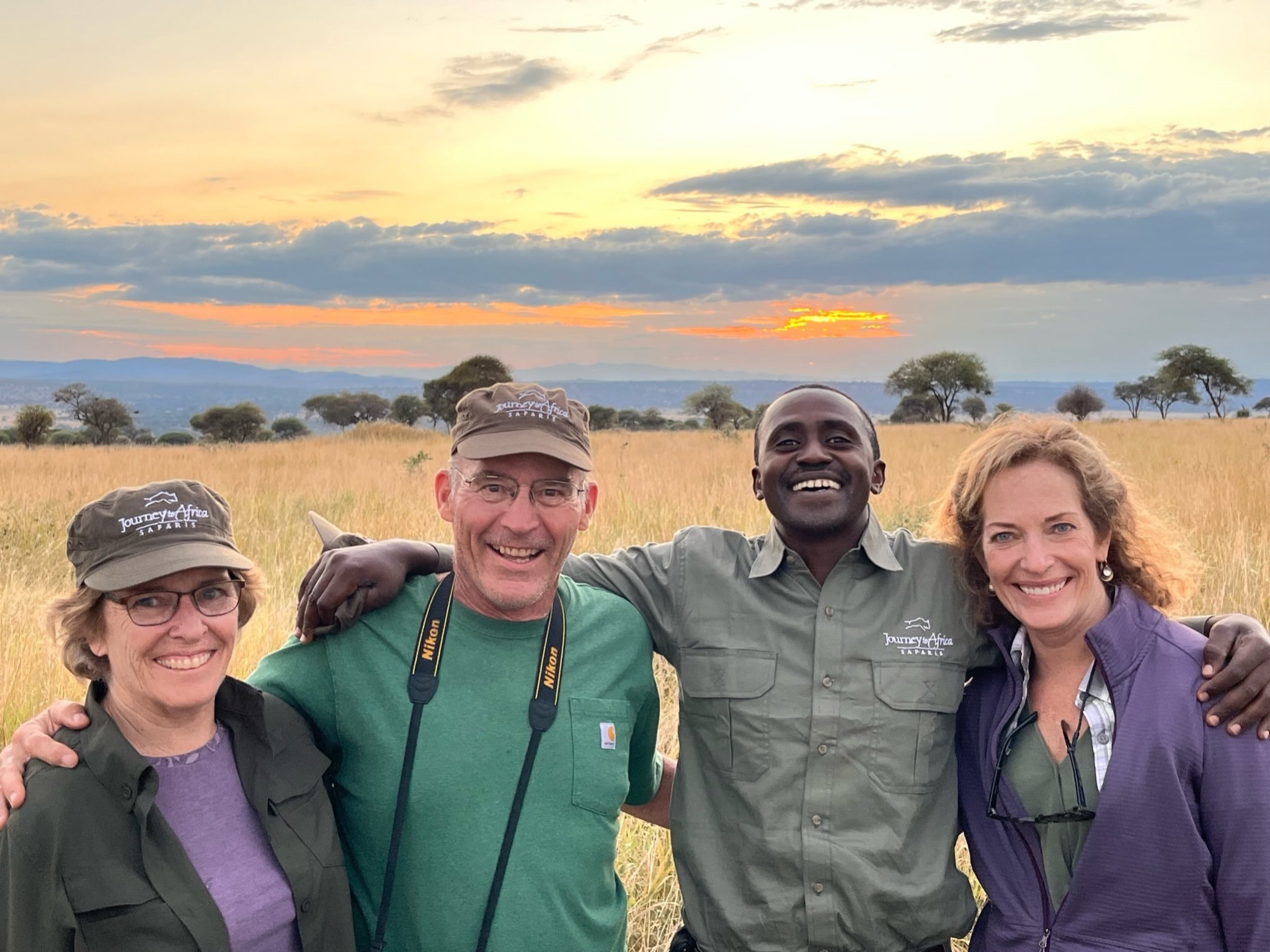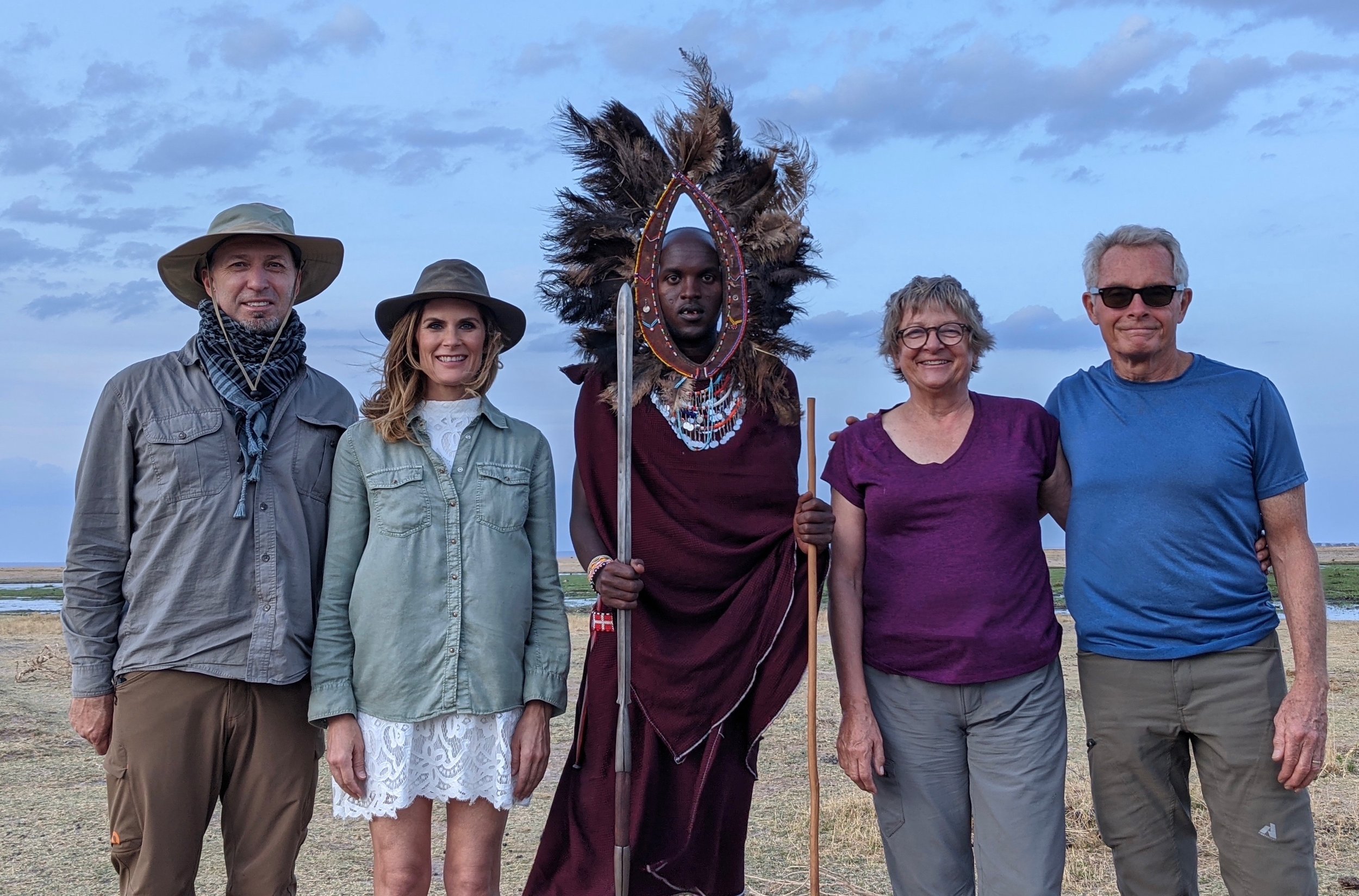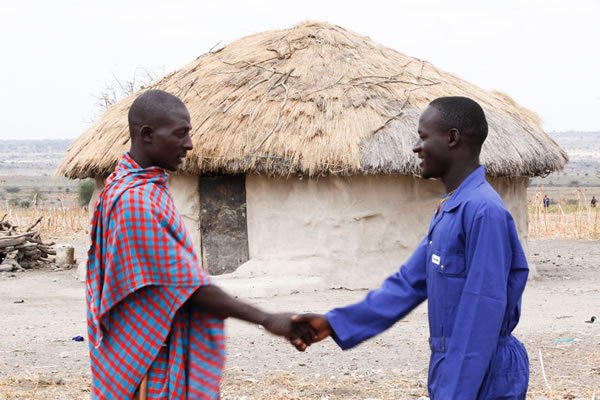Trick-or-treating was different this year. My 14 year old son and 12 year old daughter wanted to hang out and walk with friends. It was lovely to see them creating their own memories. I did however go down a rabbit hole of their younger year photos - how I made their costumes and walked around the neighborhood together.
I went down my email rabbit hole as well and found this gem of an email.
"Hello Mefi, I took a safari arranged by you personally WAY BACK in May of 2001, with your parents picking me up at the airport in Dar es Salaam, and Issa as a guide. It was all spectacular, except for all the rolls of film I remember having to haul around :)
I would like to plan a return trip in early 2020, finally, this time with my girlfriend and another couple. I just checked the web to see if you were still in this business and I guess you are."
- Greg S. Email sent in Feb 2019.
Yes, I am still going strong after 23 years with slowdowns here and there for two kiddos and a global pandemic. I know some of you have chatted with me while I was rocking my then babies. I started off planning Safaris only to my home country of Tanzania and now plan all over Eastern and Southern Africa as well as the Congo Basin. It truly has been a wild ride of traveling to the many locations, learning, growing, evolving, and Safari planning with all of you.
Here's to many more years and emails like Greg's. By the way, Greg took Lori, Deb and Tom on Safari in 2022 and they had a marvelous time on Safari in Tanzania!












































